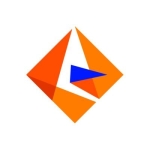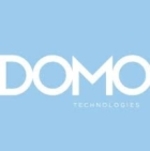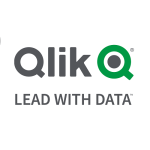What is our primary use case?
We used it for a utility company for preventative maintenance of physical utility assets such as poles, electrical wires and transformers.
What is most valuable?
The virtualization tool is useful.
What needs improvement?
Palantir Foundry is marketed as an auto-magical tool that can take over your existing system via artificial intelligence and build the building blocks for it. But it requires a lot of manual work and is very time-consuming to get to a functional point. Therefore, the setup of the system needs to be improved.
For how long have I used the solution?
We have been using this solution for about eight months, and it is deployed on AWS Cloud.
What do I think about the stability of the solution?
The stability is promising, but it's oversold. I think their marketing is better than the actual product, and other solutions probably work better with more architecture. The solution is a bit underwhelming.
What do I think about the scalability of the solution?
Scalability is limited because it's based on how you set it up. If you don't set it up properly, it's a house of cards that can crumble. You need to put in a lot of effort to create the ontology layer, so if that's not well done, then it's not scalable. If it's well done, then it's scalable.
An issue is that it's very costly to scale because if you house the data in the cloud, there are huge costs. So, the scalability is limited by certain factors. For example, we have approximately 400 to 500 users using this solution. So, we require at least 50 people for deployment, and then the end users can build their custom solutions based on it.
How are customer service and support?
The customer support is not that great.
Which solution did I use previously and why did I switch?
We've used other visualization tools, and some of our competitors are solutions like Tableau and Power BI. However, we chose Palantir Foundry because other visualization tools are costly and more engineer-driven. Palantir Foundry enables them to disseminate the information to more people and have more people use the viewer. I believe the reason was mainly cost reduction.
How was the initial setup?
A whole team was involved in the implementation, and the ontology team was in charge of setting up the building blocks. So with this tool, you have to create an ontology layer. A different team created the ontology layer, and they hadn't finished by the time we needed the tool. So the ontology team brings the data from existing systems into the new system and then creates all the naming nomenclature. Then, via the naming nomenclature, other people can use it and build upon it. So Palantir Foundry can become a single source of information for all the users.
I believe the implementation was around a two-and-a-half-year project, but that's in the context of a large enterprise. This is because it is not just one person using the tool. It's a massive enterprise, so it takes two to three years to implement the tool for a large enterprise with a lot of data. Deployment takes a few months. We utilized our employees and some Palantir consultants for the deployment.
What was our ROI?
The return on investment is the efficiency improvement at the end user level, not at the business or IT level. It is costly in the long run at the IT level and difficult to calculate the return on investment at the IT level. But at the business level, I believe there is a return on investment, but it's hard to quantify. I was involved in a risk-related project that was not driven by ROI, so I don't have exact figures on the ROI.
What other advice do I have?
I rate this solution a six out of ten. Regarding advice, I would recommend being vigilant and careful to understand the work required to get to usability. The solution creates a pretty picture of your data if you know how to build the building blocks, but it requires a lot of effort to get there. Everything is predicated on how to bring the data over to Palantir Foundry, so it is essential to watch for the hidden cost of implementation. There are labour costs and other technical costs. So, in addition to licensing, it requires hiring many people and getting technology to bring the data over. Foundry will not tell you about the hidden costs, and you will have to uncover them yourself.
Features that could be added in the next release are additional integration like SharePoint integration, integration with other systems and better workflows for notifications. But, the main challenge for us was the SharePoint integration. They released a better version, but it wasn't working, and we ended up abandoning it.
Disclosure: I am a real user, and this review is based on my own experience and opinions.















